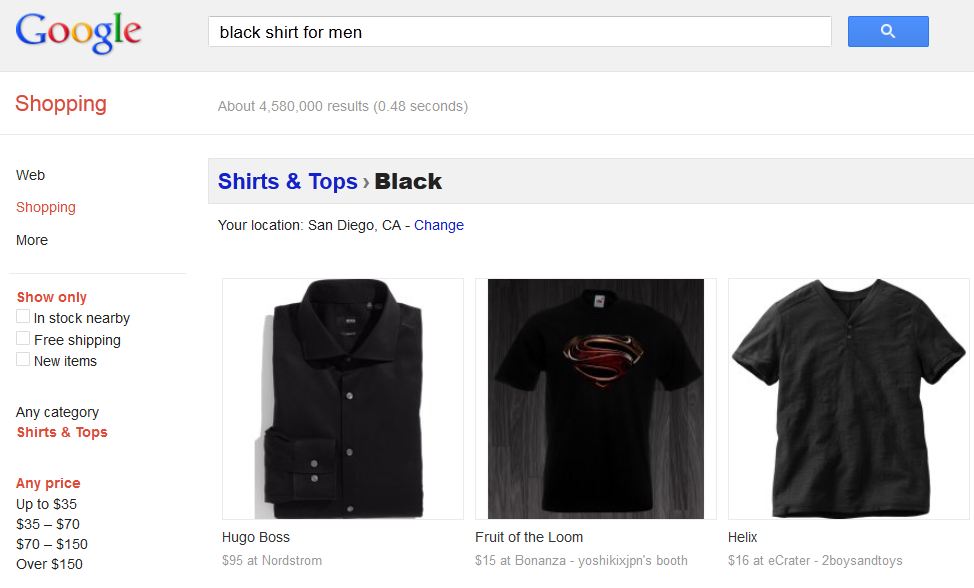
See why top ecommerce brands use Miva’s no-code platform to run
multiple stores, manage massive catalogs, and grow their revenue.
What are some best practices on Google product listing ads? Google Shopping is a relatively new paid shopping program, so tutorials and best practices aren’t as widely available as, say, SEO guides.
In this VLOG series on Google Shopping, Rick Backus from CPC Strategy shares his top 3 pieces of advice for merchants using Google PLAs.
Prior to paid Google Shopping, online merchant listings ads appeared on Google search only when Google decided it. Product Listing Ads bidding on paid Google Shopping allows merchants to influence where they rank on Google Shopping, and how much exposure those product ads get.
Rick Backus reveals the best practices for listing your products on Google Shopping in this VLOG. Many online retailers can’t necessarily afford someone else to manage their Product Listing Ads (PLAs), and they would prefer to use best practices to guide them in listing their products online.
Optimizing your data feed is an important way to increase your Ecommerce sales. If your feed is not optimized, then Google will not be able to pull those products and give them the exposure you want them to have. For smaller retailers with less than a hundred products, rewrite the titles and the descriptions. You can also bring in someone who has expertise in SEO in order to build out that feed. On a larger scale, that becomes much more difficult, but if you have a small feed then that is totally realistic. This is a high – leverage activity and a great use of your time, even as a business owner.
You need to have a good idea of how much you are willing to spend on product listing ads. Be careful not to start the budget too high because Google is usually pretty good about figuring out ways to spend that money. So, have an idea of what the budget is, and then start actually tweaking the bids.
Figure out what you need to be bidding. Often times you need to up the bids just to get you into the rotation. Even if it takes you up to $6 or $7 bids in order to get into the rotations. Often times, what they will actually charge you won’t be that high. It will be more like $0.80 to $1. Once you get into the rotation, you can find out what your average position is. Then, you can usually back off on your bids a little bit and lower your average CPC. In general, for the same key words on AdWords, right now on GPLA, you can usually bid half as much.
Google does a great job of only showing those products for very qualified searches. If you look at the conversions on PLAs vs. AdWords (minus branded campaigns on AdWords), PLAs are going to convert much better. Right now it is a really good investment. Take the time to make sure that your feed is in compliance with Google’s data feed specs. It will pay off with improved search-ability, more clicks, and more conversions.
This is Part 3 of a 6 Part VLOG series on Google Shopping by CPC Strategy. Check back weekly for more insight on Google Shopping!
Back to topNo worries, download the PDF version now and enjoy your reading later...
Download PDF Miva
Miva
Miva offers a flexible and adaptable ecommerce platform that evolves with businesses and allows them to drive sales, maximize average order value, cut overhead costs, and increase revenue. Miva has been helping businesses realize their ecommerce potential for over 20 years and empowering retail, wholesale, and direct-to-consumer sellers across all industries to transform their business through ecommerce.
Visit Website